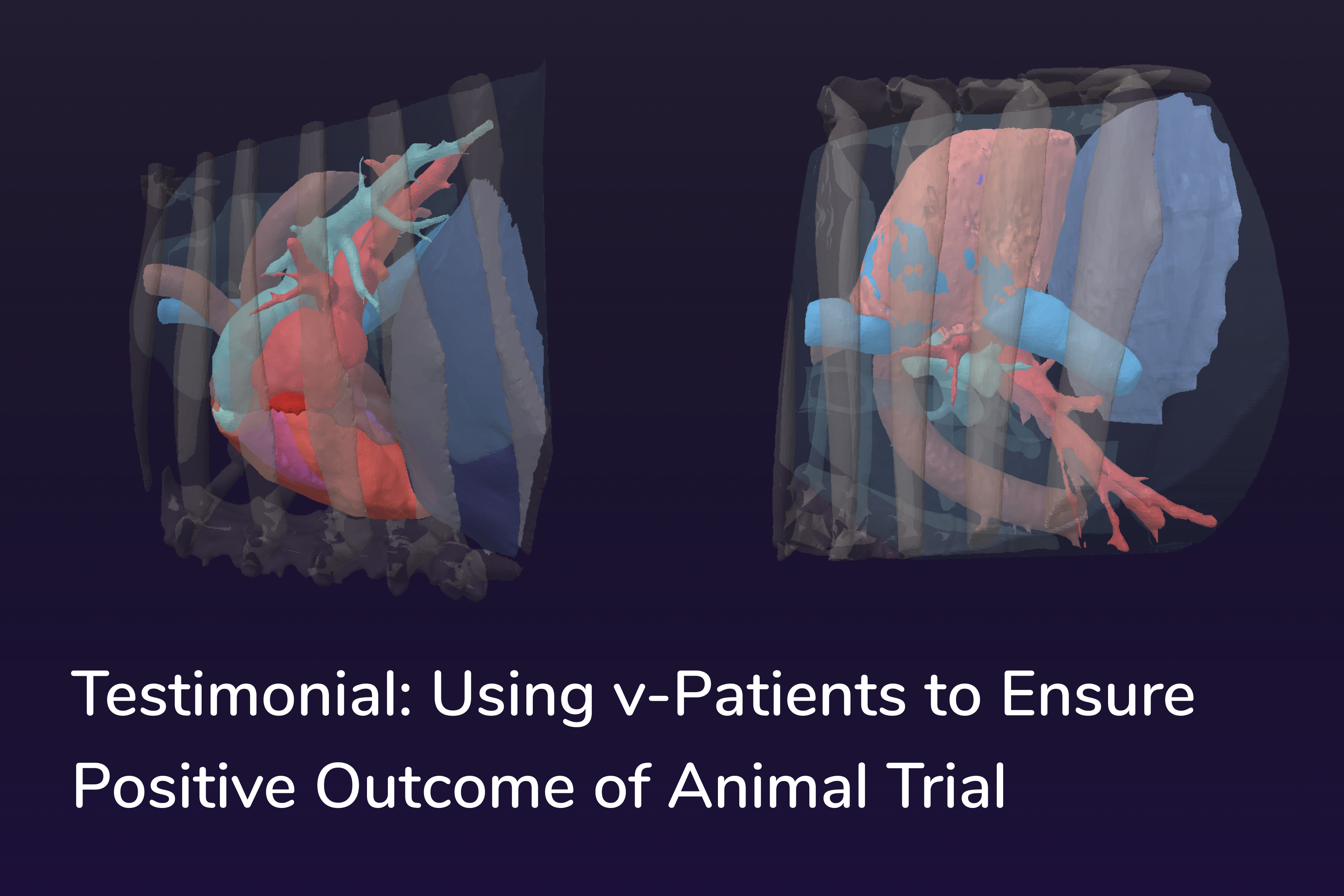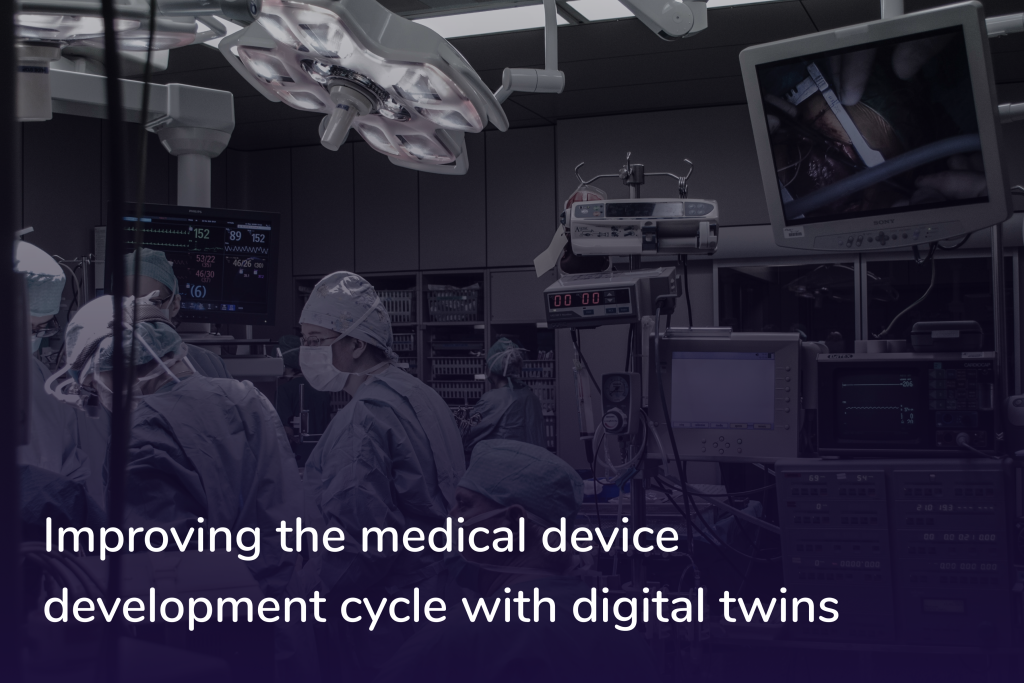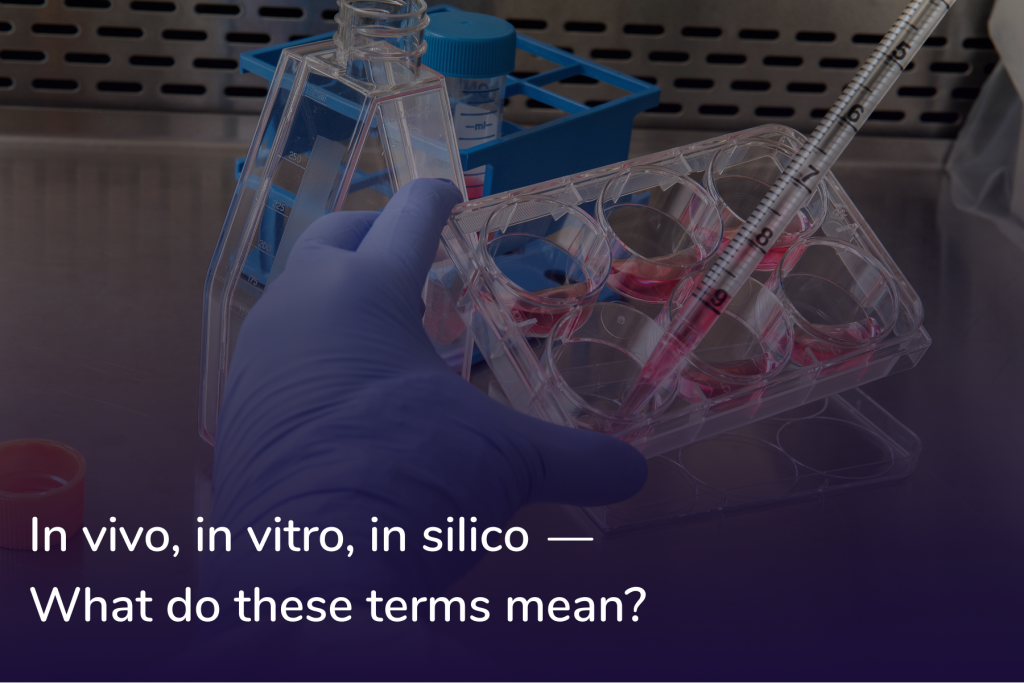Customer Success Story: Using v-Patients to Ensure Positive Outcome of Animal Trials
In the fast-evolving landscape of medical device development, innovation and precision are paramount. Today, we are thrilled to share the remarkable story of one of our valued users who harnessed the power of our cutting-edge software to propel their journey towards creating a transformative medical device. Using our platform v-Patients, Taylor Sing from a research group of Griffith University Australia, was able to perform virtual implantation of his device on a number of animals, thus validating the fit, improving the implantation procedure and minimizing the risk-to-fail. This has helped him prepare for animal trials, and successfully complete it, achieving his goals.
Our team is always happy to witness that our software plays a pivotal role in empowering medical innovators to push boundaries, enhance efficiency and ultimately bring life-changing technologies to the forefront of healthcare. Read more about his experience with Virtonomy in this interview, highlighting the ways in which our software has catalyzed his journey towards more successful support of severe heart failure patients.
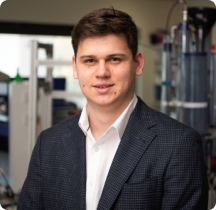
v-Patients really helped to increase the efficiency of prototype development and evaluation of my device. The software is very intuitive and assisted in fast-tracking the development of the final design through to the conduction of animal evaluation. I found the team to be dedicated to ensuring that the user experience is a pleasant one.
Taylor Sing, Researcher PHD Student at Innovative Cardiovascular Engineering and Technology Laboratory
About the device design and project
Please tell us what your project is about and what kind of medical device are you working on?
“My project is the design, development and evaluation of a prototype Intra-Ventricular Balloon Pump for the support of severe heart failure patients. The Intra-Ventricular Balloon Pump is designed to be an easily-implantable, lower-cost alternative to currently available short-term LVADs, with patients able to remain ambulatory once the device is implanted.”
When it comes to the design of your device, did the platform help you finalize or validate it?
“As for the design of the device, I had three design iterations (2 of the same shape, with a downscaled one, and then the final design version). Using the platform and the findings from the virtual fitting, I was able to prototype the device much quicker. By testing in the virtual environment, I was able to save some costs for manufacturing since I had fewer iterations. Even though the costs for manufacturing of my device were not high due to the device material, the costs were still reduced by the fact that I have saved time by making the process of coming to the final design much quicker.”
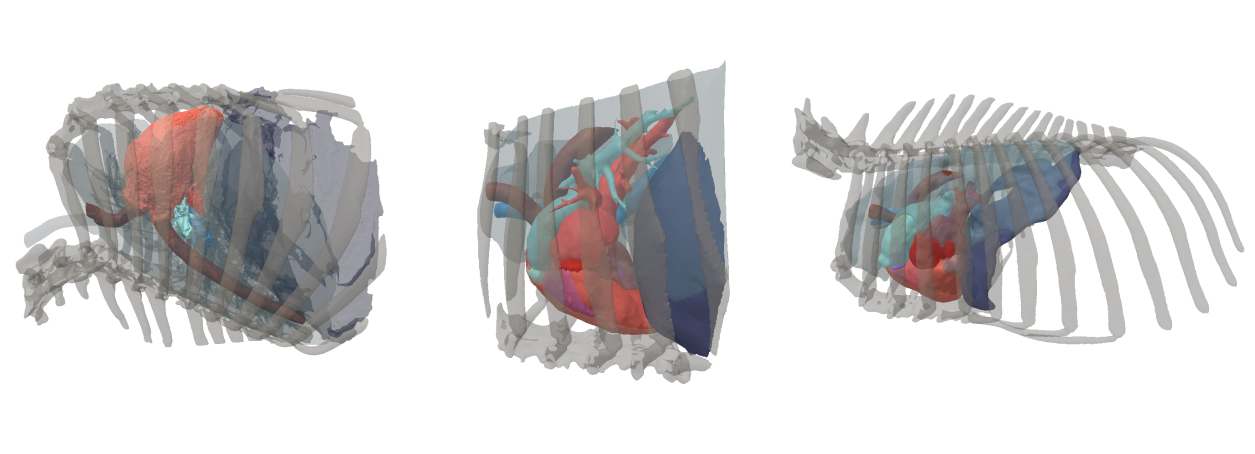
What part of your workflow did v-Patients fit in? What exactly did you use it for in the device development process?
“For choosing the animal I used for animal trials, I used simulations of animals (using a software other than v-Patients), and for studying the virtual fitting of the device and actually finding out whether the device fits into my target animal patient cohort (3 sheep of two different breeds), and specifically whether it fits into the ventricle, I used v-Patients. The insights I have gained from this were very helpful and it was a useful addition into my design process. It is also very exciting to take something that was designed using a computer and turn it into a real device.”
Benefits of using v-Patients in the device development process
What benefits have you seen with using v-Patients? What pain points did it help you solve?
“Using the platform definitely helped me in my development, allowed for much easier validation and interpretation of how the device would actually fit into the ventricle. By seeing the myocardium and making an evaluation and planning of where to punction through to be able to inflate the balloon was very useful and helped in the planning of where to place it. This was also used as basis for some of my other design principles, and not only for virtual fitting.”
Would you say that v-Patients helped you reduce time needed for development or validation of your device. If yes, in what way?
“According to my original plan, the project should have progressed faster, but there were some external factors that influenced this, not the actual use of v-Patients. In general, I can imagine that using the platform sped up the development since I was able to validate the device design faster, iterate on it and try it on the animal model.”
Have you also used the VR feature of our product for virtual fitting?
“I had the opportunity to try the VR in Hannover and thought it helped with the positioning of the device in a 3D space and with the finetuning.”
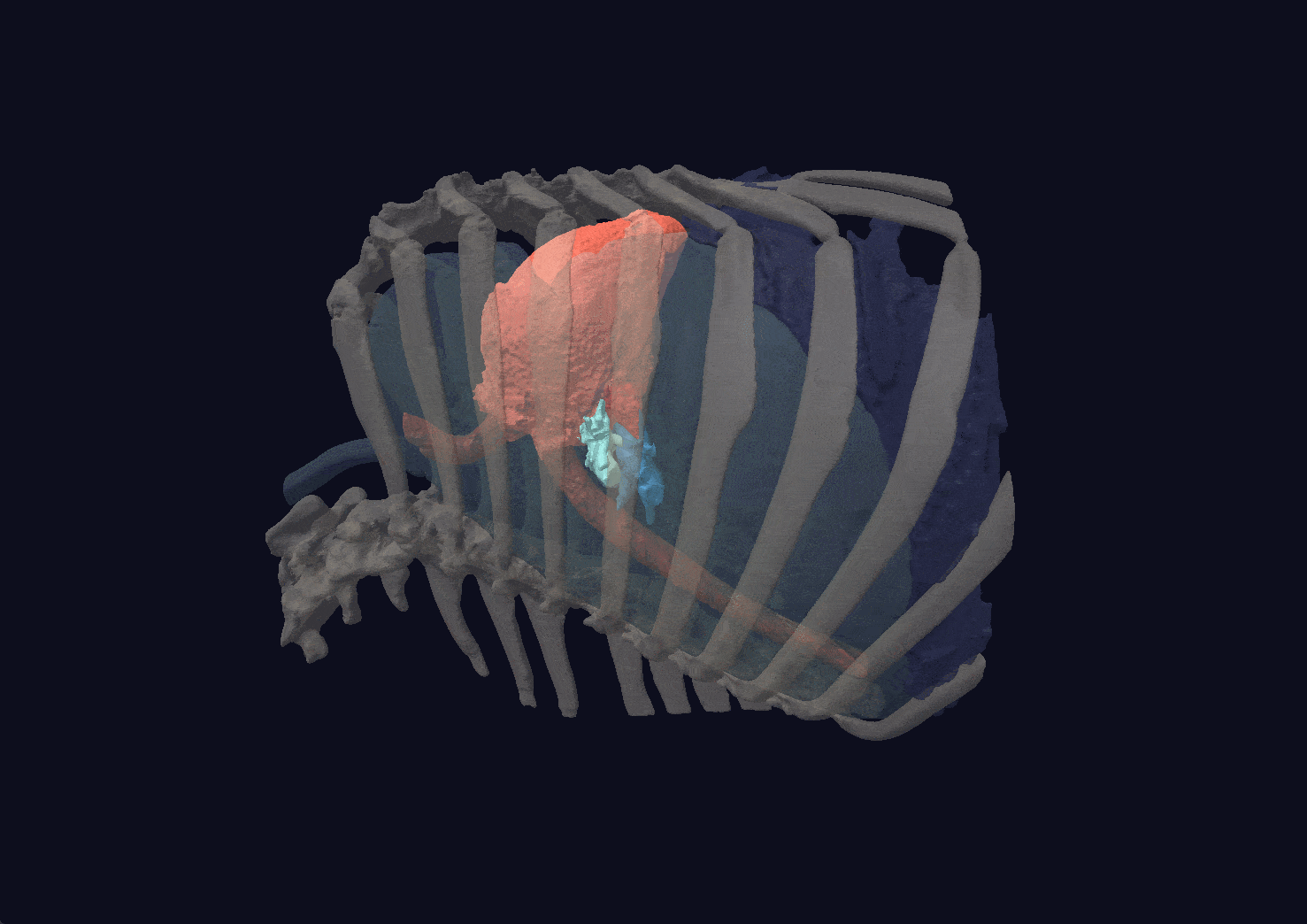
Overall experience with Virtonomy and v-Patients
What was your impression of the software?
“Using v-Patients was very intuitive and maneuvering in 3D space was quite easy to use. What I also appreciated was a rather short learning curve, meaning it was easy to pick it up and use it. The technology Virtonomy uses was impressive, and the package and the models that were included in my offer were put together very well, and helped me move forward with my development. Without Virtonomy’s database, it would have been much harder to find suitable animal models elsewhere.”
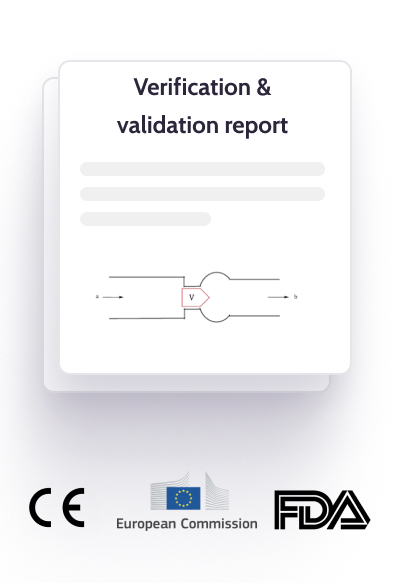
Want us to help you draft a virtual testing plan?
Ask our regulatory experts to establish your virtual testing plan connected to your physical testing. We provide this service for free during a special workshop tailored to you. Learn about the new FDA guidance documents and ASME standards for Computational Modeling and Simulation. Our experts will highlight how you can apply them and streamline your regulatory process.

